Macrobiotics: The Japanese Concept That Brings Balance In Your Diet
A guide to the natural diet that can transform your health
Macrobiotics is all about eating in balance. After discovering it in Japan, it has helped me lose 40 pounds while maintaining great energy and health. Here's a quick guide to all you need to know about Macrobiotics, including the best diners in Tokyo to try it out!
When I first moved to Tokyo, I was 40 pounds overweight and anxious to understand why Japanese women were so slim despite eating a wide variety of foods. In my quest for understanding more about the Eastern way of thinking about diet, I came across a Japanese holistic healing diet called Macrobiotics.
I found diagrams of foods and portions in books that looked exactly like how I had been eating since arriving in Japan, with explanations of how this method of eating was supposed to bring “balance” to the body. The diet seemed to suggest that our health was directly affected and guided by nature, and that eating and living in a way that harmonizes with nature would create balance and harmony within our bodies.
Huh. Interesting.
I had nothing to lose (except my butt) so I decided to give it a try. As a result, I discovered more emotional and physical fulfillment from this way of eating than anything I had ever come across before.
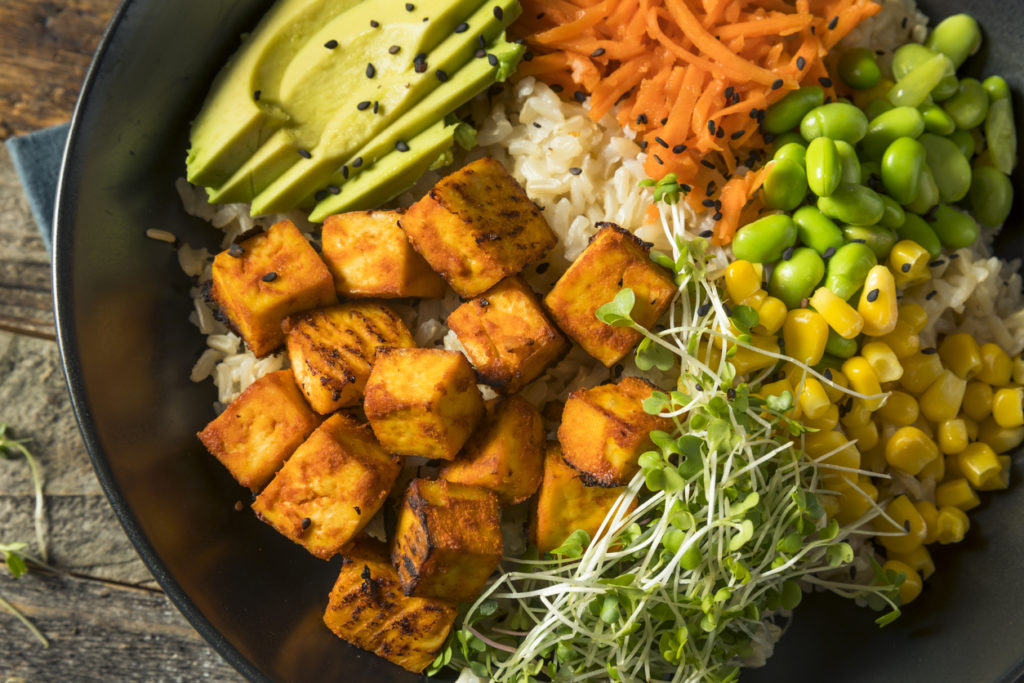
So, what is Macrobiotics?
Macrobiotics is a diet concept promoted to the world by Japanese George Ohsawa as a way of eating a variety of whole foods that are energetically balanced between yin and yang. According to Eastern beliefs, in nature, everything is made up of energy described as having “yin” or “yang” characteristics in varying proportions.
For the seasons, hot weather is considered to be “yang,” and nature offers us “yin” foods like watermelon to help us cool off and stay hydrated. Cold weather is considered “yin” and we are offered “yang” root vegetables to help us feel warm and grounded.
Yin energy describes foods that grow upwards and outwards, like leafy greens which grow in an upwards direction, and fruits which grow on taller plants like trees. Yin also represents foods that make us feel uplifted, so it also includes refined sugars and grains. When eaten in balance, you’ll feel awake, alert, and light in your body. In excess, you’ll experience a high followed by a crash.
The diet seemed to suggest that our health was directly affected and guided by nature.
Yang energy represents the opposite: foods that have centripetal energy that moves inwards and downwards. You can visually see this in foods like root vegetables which grow down into the ground and become pointed towards the ends (i.e. carrots, daikon, etc.). Animal products are also considered yang as they are concentrations of the nutrition consumed by the animal. When you have foods with more yang properties, you feel warm and relaxed. In excess, you can easily feel lethargic.
By eating a meal with foods that take both yin and yang into consideration, you’re feeding your body a wide variety of nutrition while also support its needs during that season.
What is in a typical macrobiotic meal?
Whole grains — brown rice in particular — is considered to be the most energetically balanced food item in macrobiotics, so it is considered to be the most important starting point in a macrobiotic meal.
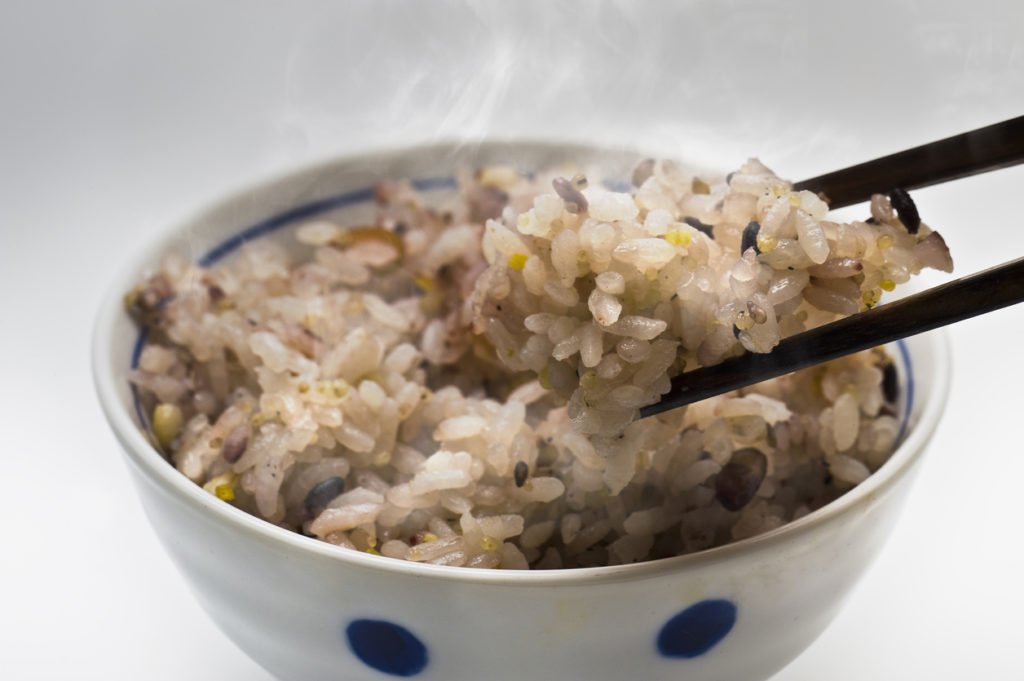
In addition to brown rice, a typical macrobiotic meal consists of other moderately balanced foods such as leafy greens, round vegetables (like pumpkin, cabbage and onion that are literally round in shape), root vegetables, beans, and miso soup. The best way to think of a macrobiotic meal is to think of a whole foods Japanese teishoku — the meals consist of a little bit of everything for balance in energetics, flavor, nutrition, season, and appearance.
The macrobiotic diet is not necessarily a vegetarian diet, although, most people who practice macrobiotics choose to eat vegetarian style because animal products are considered to be taxing to the digestive system since they take a longer time to digest. The least amount of stress you put on your digestive system, the more your body can restore digestive health.
People who are advocates of macrobiotics who consume animal products tend to stick to fish and seafood in small quantities. At the end of the day, the point is to eat in a way that is energetically balanced, so consuming “yin” vegetables to balance out the “yang” animal protein is the goal.
Macrobiotics ingredients and where to buy them
The most important ingredients you can start with in macrobiotics is brown rice, miso soup, and seasonal vegetables. Technically, since macrobiotics is based on whole foods and natural lifestyle, you can eat macrobiotically simply by purchasing organic produce. However, there are some ingredients found in macrobiotic cooking that are unique to the concept.
One of them is tempeh which is a fermented bean block that is excellent for grilling. It has all of the nutritional benefits of natto but without the stinky, slimy consistency. Tempeh is really popular for beginners looking to try macrobiotics who are nervous about giving up animal products. You can also try a variety of pastas that are made with non-wheat flour (brown rice flour, amaranth, kamut, etc.). These can be found at natural grocery stores such as Natural House and Bio C’Bon in Azabu Juban.
Restaurants where you can try a macrobiotic meal in Tokyo
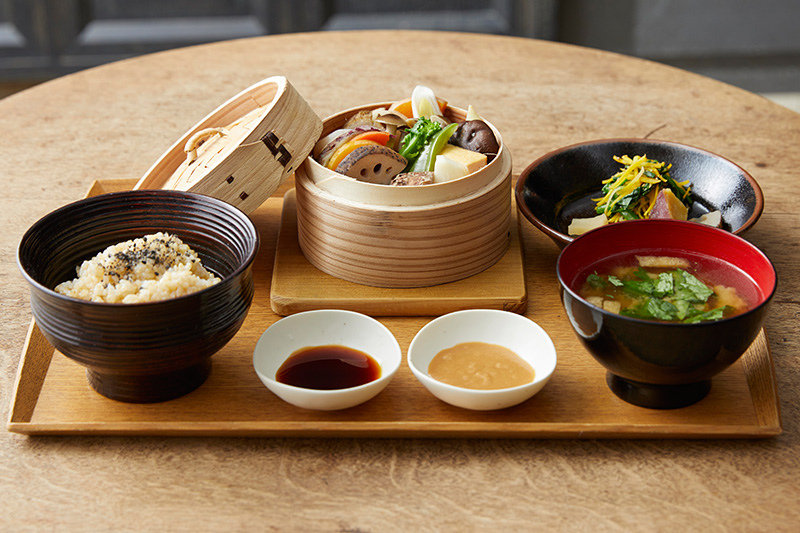 © Photo by Brown Rice Canteen
© Photo by Brown Rice Canteen
I definitely recommend trying out macrobiotics at a restaurant before you start experimenting at home, so you can get a full experience. You really can’t go wrong with any of these restaurants. They offer really great quality macrobiotic style meals that will leave you happy, satisfied, and curious to try more.
Address: 5-1-8 Jingumae, Shibuya-ku, Tokyo
Hours: 11:30 a.m.-6 p.m.
Address: 3 Chome-8-27 Minamiaoyama, Minato-ku, Tokyo
Hours: 11 a.m.-3:30 p.m., 6 p.m.-9 p.m.
Address: 6-28-5 Jingumae, Shibuya-ku, Tokyo
Hours: 11:30 a.m.-4 p.m., 5:30 p.m.-9 p.m.
Classes you can take in Tokyo
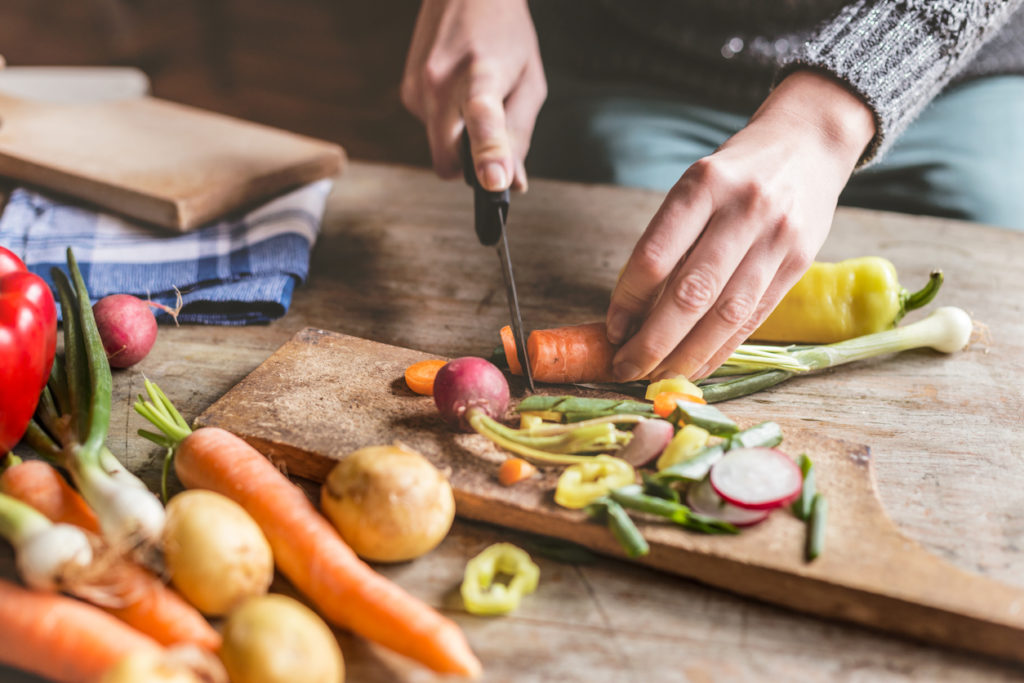
If being on the consuming side only is not enough for you, you can also try learning Macrobiotics on a more in-depth level by experienced professionals. Here are several Tokyo-based classes that teach Macrobiotics to beginners.
This school is a small, private cooking salon located in Yoyogi Uehara and run by Patricio Garcia de Paredes, who is an English-speaking chef from Spain. He teaches everything from the basic macrobiotic concepts through advanced cooking techniques.
Lima Macrobiotic Cooking School
Lima is a bigger cooking school and macrobiotics organization located in Ikejiri-Ohashi. I believe they only offer classes in Japanese, however, their classes are also extensive if you’re looking to learn in depth.
Body Talk
I run workshops called Body Talk in Tokyo for women who are looking to have discussions around health with other expats in Tokyo. We have health talk sessions and workshops with macrobiotic meals and sweets. Check out my website for more details.
You have an amazing opportunity to be living in Japan where you can learn more about your health from a holistic standpoint and develop a deeper relationship with your body and to nature. I recommend you give different things a try and reap the benefits I have enjoyed during my time, here. You’ll feel the difference yourself!












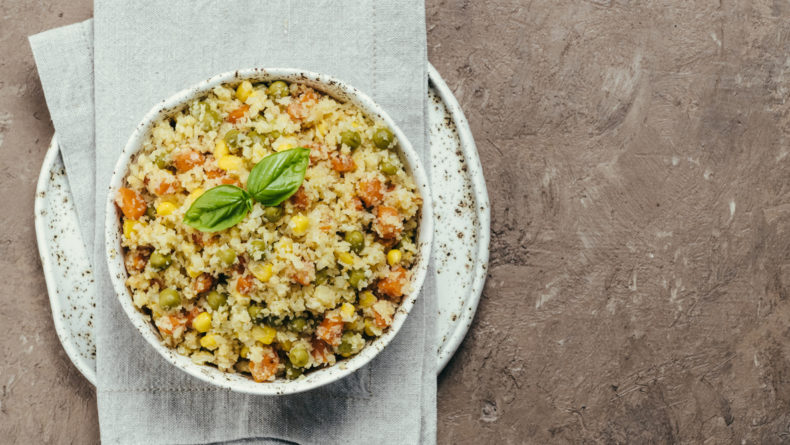
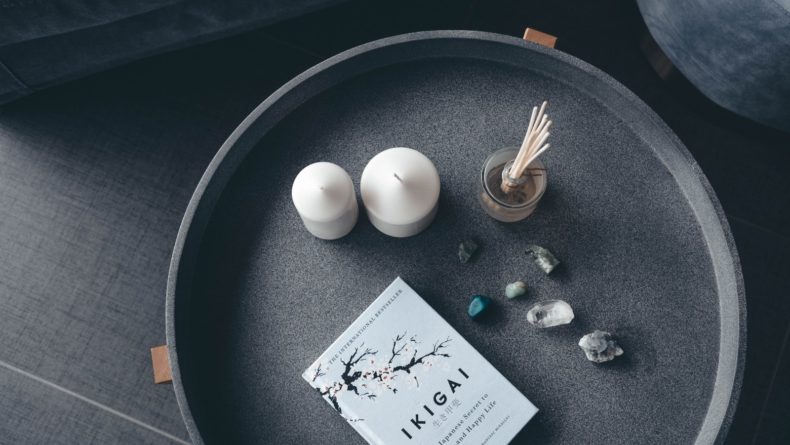
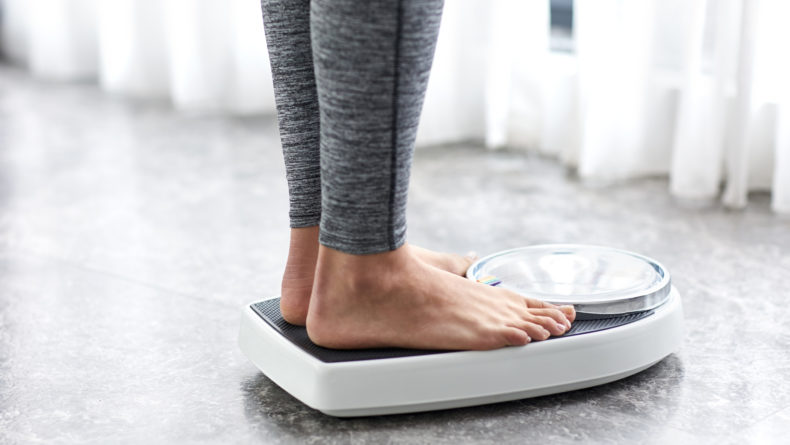
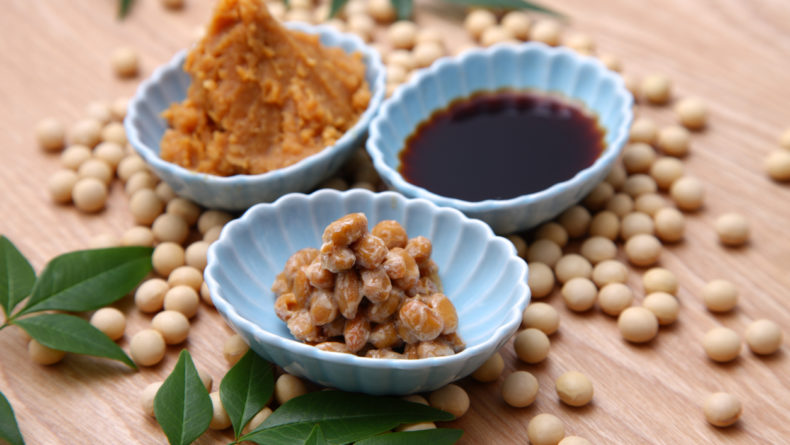
Leave a Reply